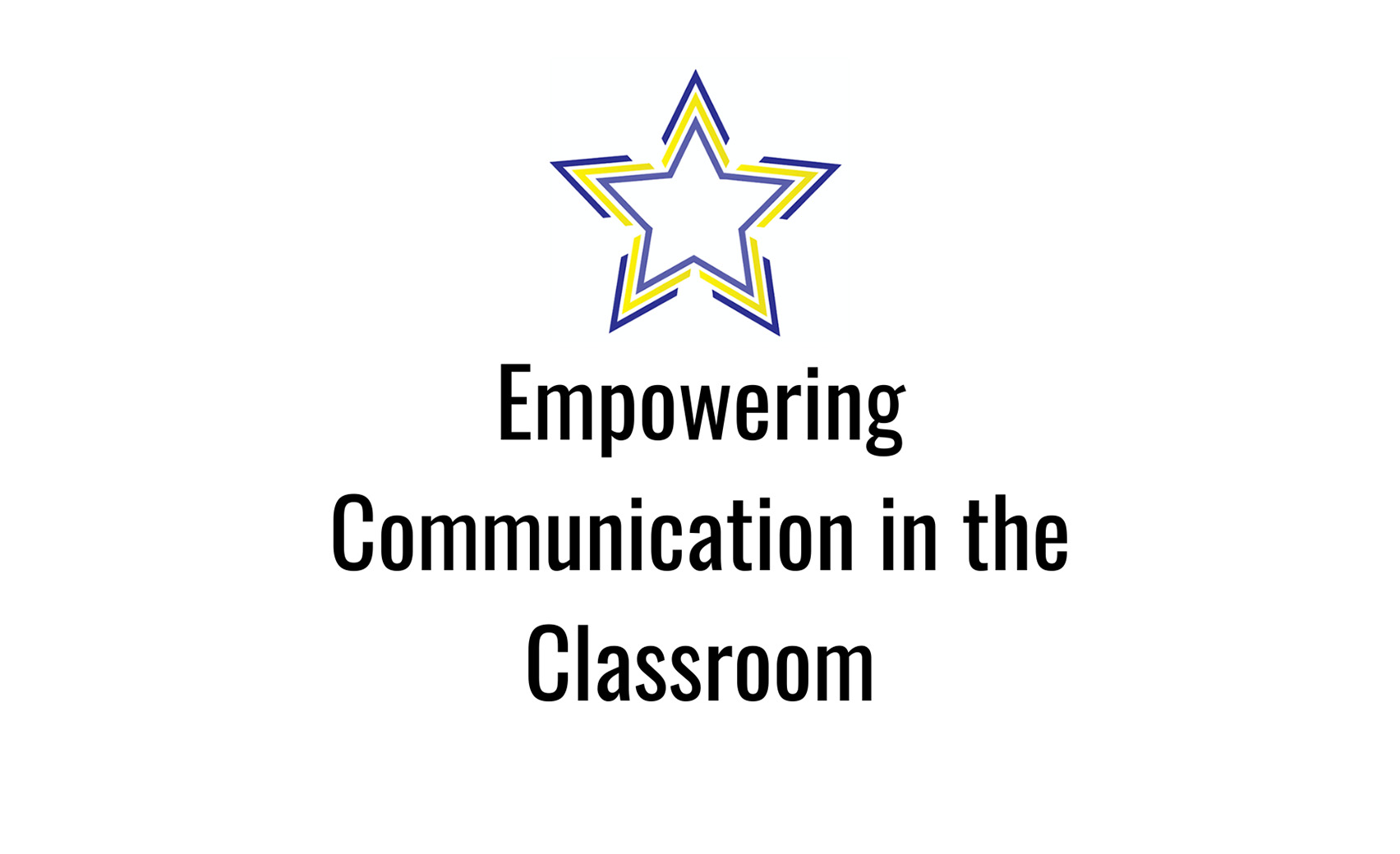Communication Strategies for Educators Working with Children with Down Syndrome
W. Scott Westerman, III
Children with Down Syndrome, like all students, have the potential to thrive in the classroom when provided with the right support and strategies. Communication is a fundamental skill. Educators can ensure that children with Down Syndrome have the tools they need to express themselves effectively. Here, we explore some crucial strategies and insights for working with these exceptional students. While a blog post, by nature cannot provide a comprehensive discussion of the subject, it is my hope that these suggestions can be a doorway to deeper study and creative solutions.
1. Collaborate with Specialists
Your school district’s speech therapists and occupational therapists are valuable resources. They can design personalized components within an Individualized Education Plan (IEP) to support students’ speech and postural control. Here’s how they can help:
- Speech Remediation: Work with speech therapists to incorporate speech remediation techniques into the IEP. This could involve exercises to strengthen oral muscles for better articulation.
- Postural Control: Occupational therapists can focus on improving postural control, which is essential for clear speech. Proper posture enhances a student’s ability to articulate words effectively.
- One-on-One Instruction: Teacher aides or paraprofessionals can provide one-on-one instruction for articulation skills, including oral strengthening exercises. These professionals play a crucial role in supporting students’ communication development.
2. Recognize Uniqueness
It’s important to remember that each student with Down Syndrome is a unique individual. There is no one-size-fits-all approach to speech therapy. Their specific needs should guide the therapeutic process. Therapy is always individualized, taking into account the child’s strengths and challenges.
3. Foster Communication Development
Students with Down Syndrome have a strong desire to communicate, and many require special strategies and exercises to assist them. Here are some insights into fostering their communication development:
- Sign Language: Learning simple signs can help reduce frustration and increase communication. Most children with Down Syndrome can grasp sign language relatively easily, making it an effective tool for bridging the communication gap.
- Reduce Stress: Stress can exacerbate speech challenges. Observe your students and try to ease stress by increasing the comfort level of the classroom. This might involve creating a welcoming and inclusive environment where students feel safe to express themselves.
4. Overcoming Communication Barriers
Refusal to comply or what may be perceived as “stubborn” behavior could actually stem from frustration. Imagine not being able to express your needs or thoughts clearly – it can be incredibly frustrating. Here are some practical strategies to help students overcome communication barriers:
- Offer Choices: Ask for “Yes” or “No” responses, or provide two choices. This empowers students to communicate their preferences and needs more easily.
- Encourage Repetition: When a student mispronounces a word, have them repeat the correct pronunciation. Encourage them to slow down and show you how they’re making the sounds.
- Visual Supports: Collaborate with speech therapists who can offer suggestions for strategies to use in your classroom. Visual supports, such as photographs, graphics, and tangible objects, are effective tools for communication. These visual aids can make it easier for students to express themselves, especially when words alone are challenging.
In conclusion, supporting children with Down Syndrome in their communication development is a rewarding and vital part of the educational process. By collaborating with specialists, recognizing the unique needs of each student, and implementing effective strategies, educators can help these students find their voices and succeed in the classroom. Remember that your dedication and guidance can make a world of difference in the lives of these exceptional learners, and together, we can create more inclusive and communicative classrooms.

0 Comment